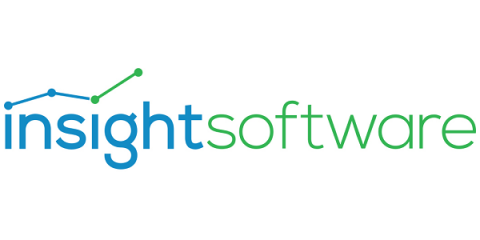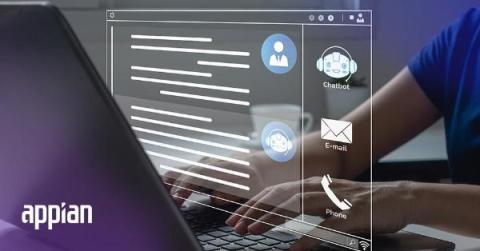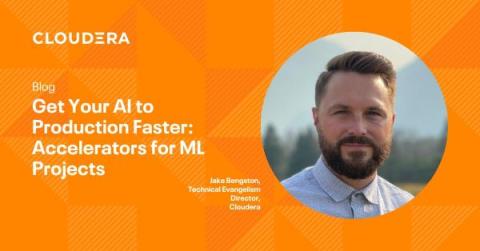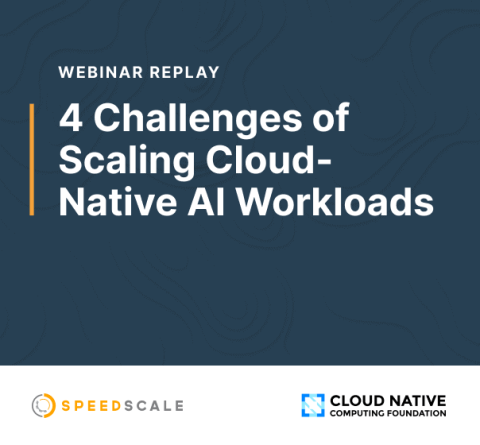Observability Meets AI: Unlocking New Frontiers in Data Collection, Analysis, and Predictions
As software systems become increasingly complex, observability — the ability to understand a system's internal state based on its external outputs — has become a critical practice for developers and operations teams. Traditional observability approaches struggle to keep up with the scale and complexity of modern applications. As the amount of telemetry data grows, it becomes expensive and complex to navigate. Enter AI and its promise to revolutionize observability.










